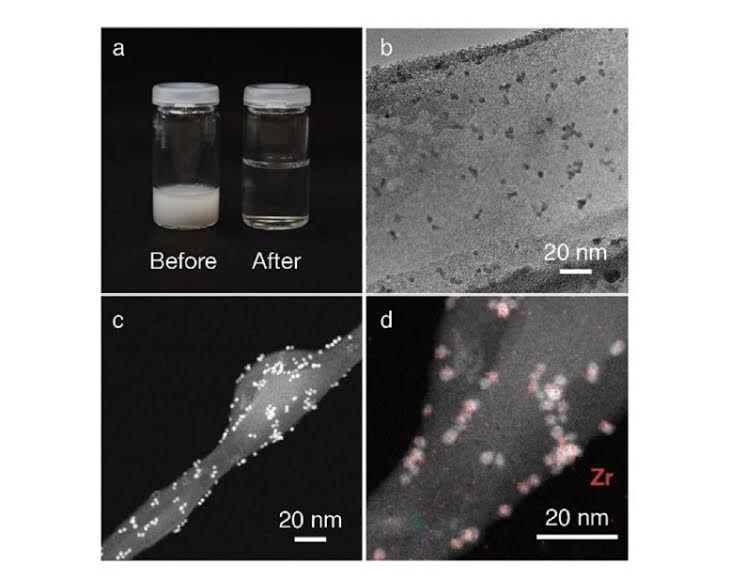Glowing Nanoparticle Ink Could Lead to Easy DIY Holograms
Credit to Author: Becky Ferreira| Date: Tue, 05 Sep 2017 15:22:32 +0000
We live in a golden age of printing in which it’s possible to churn out tools, weapons, and even experimental artificial organs. Now, scientists at ITMO University in Saint Petersburg, Russia are engineering yet another specialized field of futuristic printing—luminescent holograms that can be produced by a normal inkjet model printer.
In a study published in the journal Nanoscale, researchers led by Alexandra Furasova introduced a new type of “nanoparticle ink” made with zirconium dioxide crystals that are “doped” with the phosphorescent element europium.

Much like the vernacular use of the word doping—the introduction of a small concentration of a performance-enhancing substance—this scientific use means that europium was introduced to boost specific properties of the crystals. In this case, the desired outcome was luminescent ink that could be used to create holographic structures.
Read More: How Holograms Will Help Us See the Invisible
These are not the simple holograms that you might see as 3D wall art or shifting billboard advertisements. Those are normally manufactured with lenticular printing, in which the holographic illusion derives from a corrugated surface texture, rather than special paint or ink. The ITMO research, in contrast, uses europium’s inherent phosphorescent optical properties to create radiant holographic depth, so that a thin coat of it could be placed on a range of 2D surfaces to create 3D imagery. This opens up a variety of possible applications, from bioimaging, to photonic research, to anti-counterfeiting.
But once this technology is developed to the point of commercial availability, it could also be used by anyone who wants to experiment with custom holographic printing. “[The ink] is mostly aimed for specialized use like security printing,” Alexandr Vinogradov, co-author of the study and head of ITMO University’s Biochemistry Cluster, told me in an email. “However, it could also be used by average consumers. If someone wishes to make a hologram at home they could print it using this ink on pretty much any inkjet.”
Science fiction has made it pretty clear that ubiquitous holography is a sign the future has arrived. With the advent of trippy glowing ink that can be dunked into a cheap printer, we’re getting closer to that horizon.
Get six of our favorite Motherboard stories every day by signing up for our newsletter.